Many thanks for the idea of the article Evgeny Kozhuhar... The article can be considered a continuation of the topic 'Crop identification'.
Preamble
Full-frame cameras Nikon and Sony (maybe others) can work both in normal full-frame mode, when the entire camera sensor is used to obtain an image, and in crop mode. For example, you can use the APS-C crop mode (DX for Nikon). This mode uses only the center area of the camera sensor. The size of this area exactly matches the size of the sensors on cropped APS-C cameras. To put it simply, full-frame cameras can be made to 'crop up'.
The ability to shoot in crop mode allows me to manipulate the equivalent focal lengths a bit (EGF). For me, this turned out to be a very nice feature when shooting with prime lenses.
Example of using crop mode: I often shoot events with a fast-moving lens Nikon 50 / 1.4G and a full-frame camera Nikon D700... Sometimes I can't get close enough to the subject, then I turn on the crop mode. To do this, in the camera menu, just turn on the 'Image area' -> 'Select. image area 'and select' DX format 24 x 16 ′ there. I have set the AF Point Illumination to Off, which allows me to darken the unused area of the image visible in the DX format 24 x 16 JVI. In fact, in the optical viewfinder, I see only the image that I will get after the shutter is released. Visually, it seems that a lens from a 50 mm fix turns into a 75 mm fix. Such a trick makes it easier to crop a future frame, to reach more distant shooting objects.
Of course, I understand very well that the exact same result can be obtained while cutting out the central part of the photo during processing (the result will be 100% similar to what I get with the 'DX format 24 x 16 ′ function). But psychologically it is much more convenient to line up the frame directly during shooting.
With electronic viewfinder Sony a7 even simpler - there you can immediately see the image obtained from the central part of the sensor without darkening areas in EVI.
Closer to the point
So, switching between FX <-> DX formats and shooting the same scenes with the same lens, I have noticed that at times the near and far blur in DX looks (visually looks) stronger than in full frame FX.
It should be just the opposite! We all know the tale that full-frame cameras blur the background more. How then to be?
Look at the next two pictures and note for yourself where the background blur is stronger. By blur, we can mean the size of the circles of confusion.
First shot:
Second shot:
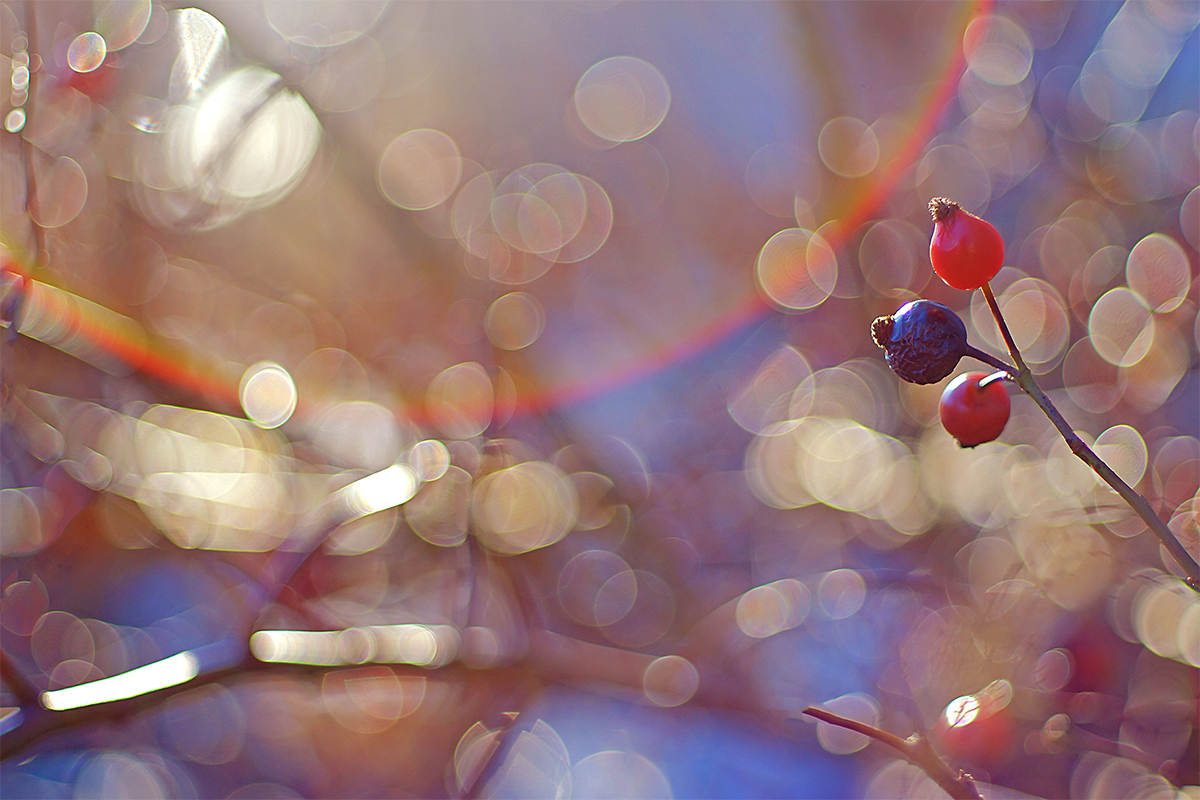
Original from the Sony a7II camera in APS-C mode (actually - a cropping of the central part of the previous image)
Visually, the blur zone in the second image is more pronounced, and the blur discs are larger. In this case, the second shot, roughly speaking, was taken on a crop. This happens if you shoot from the same distance without maintaining the proportions in the frame.
Let's take a separate pronounced disk (circle) of blur.
From full frame:
From a cropped picture:
The selected blurriness disk in the pictures is the same size in pixels.
The full-frame Sony a7II is 6000 x 4000 pixels (24.000.000 pixels). The area of the circle is Pi * D * D / 4 and equals 54.297 pixels. The size of the circle is 1/442 of the image of the entire image (0,23%).
The cropped image from the Sony a7II measures 3936 x 2624 pixels (10.328.064 pixels). The area of the circle is Pi * D * D / 4 and is equal to the same 54.297 pixels. In this case, the size of the circle is 1/190 of the image of the entire image (0,53%).
When switching from full-frame to cropped, the ratio of the unsharp disk to the entire frame increased by approximately 2.3 times. The same number could be obtained thanks to the coefficient crop factor Kf = 1.5, squaring it.
A serious conclusion suggests itself.: if you shoot with crop and full frame cameras on the same lens, on the same aperture value and from the same distancethen the blur effect on the cropped camera will look stronger due to different proportions of the blur zones.
Spoiler 1: different cameras of the same type (crop or full frame) have different number of megapixels, but the ratio of the blur disk to the entire frame will be the same.
Spoiler 2: I was asked to do an experiment with a point source of light placed at infinity. I did not do this, because the experiment can be considered not 100% honest. You can conduct your investigation of circles of confusion at infinity yourself.
Spoiler 3: In this article, I show images reduced to the same pixel dimensions - 1200 pixels on the long side. This must be taken into account.
Spoiler 3.1: for comparison, the pictures from the crop and the full frame were adjusted to the same size. Pictures have the same aspect ratio of 2: 3, while down scale, pictures look the same.
Spoiler 4: The article is not about DOF. Do not confuse DOF and disc blur.
Spoiler 5: do not confuse the depth of field and the power of blurring the foreground / foreground. DOF may be the same for two shots, but the power of blurring the foreground / foreground will be radically different. Speaking very roughly, the depth of field depends most of all on the F number (aperture value), and the blurring of the foreground / foreground most depends on the focal length of the lens.
The trick is that the ratio of object size to frame size will change. To shoot the same object, in this case, a twig with berries, with the same scale (so that the size of the twig in the frame is the same on a full-frame camera and on a cropped camera), in the case of a cropped camera, you will have to move farther from the subject of shooting than in time using a full-frame camera.
Test. Get the same shots in full frame and crop using the same lens
To maintain the proportions of the subject in the frame with tfull frame and a cropped APS-C camera, the focusing distance should differ by 1.5 times. The difference in focusing distances is easy to calculate using my calculations here.
Very important: the difference in focus distance corresponds to a factor crop factor.
All pictures below are taken with the same ISO settings, excerpts and aperture, but with a different focusing distance and framing mode (anyway, that would be shot on a cropped and full-format camera at the same settings).
The first picture was taken in full frame mode (FX mode), the focusing distance is approximately 45 cm (data from EXIF):
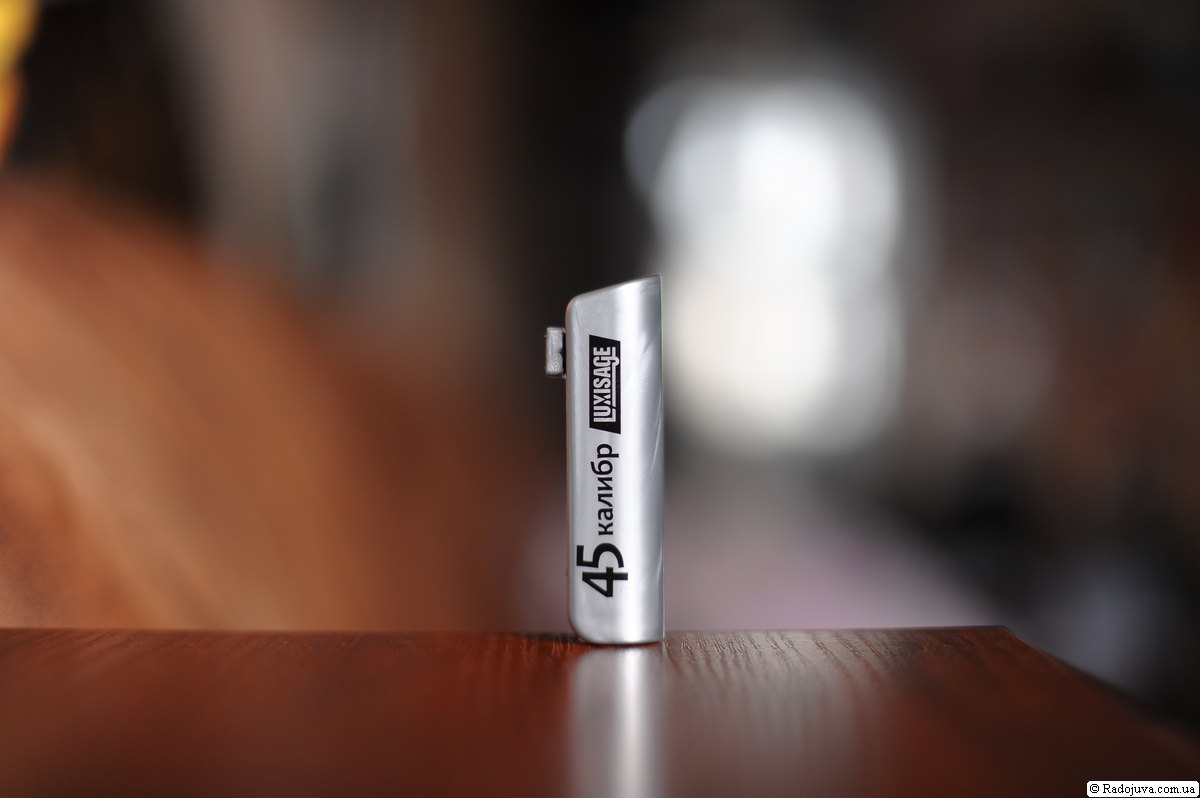
Full frame shot
The second picture was taken in crop mode (DX mode), the focusing distance is approximately 45 cm (data from EXIF) The picture was taken on the same camera, from the same position as the previous photo, just this time the 'DX 24 x 16 ′ format mode is turned on (full analogy if a cropped camera was used). You can see how much the shooting scale is increasing:
Move the camera away from the subject. The third picture was taken in full frame mode, the focusing distance is approximately 60 cm (data from EXIF):
The fourth picture was taken in crop mode, the focusing distance is approximately 60 cm (data from EXIF) The picture was taken on the same camera, from the same position as the previous photo, just this time the 'DX 24 x 16 ′ format mode is turned on (full analogy if a cropped camera was used). You can see how much the shooting scale is increasing:
Comparison of the image with a “full-frame” camera and a “cropped” camera:
It is clearly seen that the proportions of the subject in the frame remained the same (i.e., with the same scale), but the transmission of perspective has changed. In the case of the DX mode, the perspective has become narrower (visually felt as an influx of the background). The condensed perspective in DX is consistent with the 75mm lens used on a full-frame camera.
The change in perspective is clearly visible on the next GIF animation. Notice how in DX mode (ie crop) the far shot "zooms in", shrinking the perspective:
A little remark. Although I pointed out that the difference in focusing distance should be 1.5 times to get the same shooting scale, you can see that in this case the difference is 60cm / 45cm = 1.33 times. A small error may be due to the fact that the data in EXIF may not be recorded exactly. This is indirectly confirmed by the fact that the lens Nikon 50 / 1.4G has an MDF equal to 45 cm, but I didn’t shoot on an MDF, since the focus ring was not fully screwed in, at the same time EXIF shows 45 cm. Also, the lens Nikon 50 / 1.4G has a Focus Breathing effect - changing the angle of view during focusing. And the pictures, nevertheless, are not quite alike due to lens distortion (distortion and vignetting are more noticeable at the edges of the full frame).
A small conclusion that everyone passes by: subject to the shooting scale (the subject has the same proportions in paired shots) on a full-frame camera and on a cropped camera, using the same focal length and the same F number (for example, the same prime lens with the same F number) visual blur (out of focus discs) will appear larger on crop than on full frame. Yes exactly! Crop will actually blur the far / foreground more. Believe it or not, just take a close look at the GIF above. Visually, you can see how much the DX camera's discs of confusion are larger than the FX discs. I believe that it is for this reason it’s so difficult to distinguish between full frame and crop using the same lens at the same aperture... Photographers psychologically expect more blur on a full frame camera, but the opposite is true. In this case, the radius of the disc of confusion increases by a factor of K, where K is the coefficient crop factor. Strange, but everyone passes by this conclusion.
Test. Get the same shots on a full frame and crop using different lenses (or a zoom lens)
In order for the images from the full frame and crop to be the same (or very, very very similar), you should use different focal lengths and aperture values.
For example, if you take a lens Tamron 28-75 / 2.8, then the same pictures on a full-frame and cropped camera should turn out, for example, in the following case:
- 50 mm focal length and f / 2.8 aperture are used on the cropped camera
- full frame camera uses 75mm focal length and f / 4 aperture
At the same time, the degree of blur, scale and perspective should be preserved.
The following pictures were taken from the same focus distance. The camera was always in the same place. Only the exposure and focal length settings were changed. Exposure (shutter speed / aperture) changed to compensate exposure and blur forces.
The first picture was taken in full frame mode:
The second shot was taken in full-frame mode, but with a pressed aperture:
The third shot was taken in crop mode from the same focus distance, but with a different focal length:
The similarity of the pictures is clearly seen in the following gif animation:
44 mm instead of 50 mm turned out, most likely, for several reasons:
- perhaps Tamron 28-75 / 2.8 has not fair 75 mm at the long end, but 70 (like most lenses of this class)
- possibly 44 mm of focal length inscribed in EXIF not entirely correct. Who knows how Tamron's chips are programmed
- most likely, during the test, I still made a slight deviation in maintaining the similarity of the picture
Slightly different shots were due to:
- different light
- 2.8 * 1,5 = 4.2, but in the camera Nikon D700 you can not set the aperture value F / 4.2, you can only select F / 4.0 or F / 4.5, F / 4.0 is closer to the theoretical calculation
- different distortions at different focal lengths and framing modes
- different vignetting at different focal lengths and framing modes
All test materials in RAW + JPEG format can be download from this link and to dig deeper into the material from the article.
Results
- The most obvious result... If you shoot the same scene with cropped and full-frame cameras, using the lens with the same focal length, at the same aperture value, and at the same distance, then there will be change shooting scale.
- Not obvious result... If you shoot the same scene with cropped and full-frame cameras, using the lens with the same focal length, at the same aperture value, and at the same distance, then the blur effect on the cropped camera will look stronger (due to the different scale of the blur zone / disc, see pictures with blur discs). In numerical terms, the blur strength increases by a square crop factor. As a result, we can say that in such a situation, the crop camera blurs the background more strongly. I noticed this feature during a real shooting. It was this feature that caused this article to be written..
- The difference in focus distance between cameras with different matrix sizes, when using a lens with the same focal length and preserving the zoom scale, corresponds to the coefficient crop factor... For APS-C cameras (such as Nikon DX), compared to full frame cameras, you will have to increase the shooting distance in 1.5 times to maintain the same shooting scale.
- Difference in perspective... With the same prime lens on crop and full-frame cameras same pictures cannot be obtained due to different perspective transmission (see the first GIF animation).
- Identical frames (as far as possible due to different matrix resolutions and other conventions) from a cropped and full-frame camera can only be obtained with lenses with different focal lengths (see the second GIF animation). To make images from a cropped camera as close as possible to those from a full-frame camera, on a cropped camera you should use a focal length K times smaller than on a full frame, and the number of apertures K times less than on a full frame. K is the coefficient crop factor... In the case of Nikon DX crop, K = 1.5.
Read more interesting information on this topic in the section 'Crop identification'.
Thank you for attention. Arkady Shapoval.

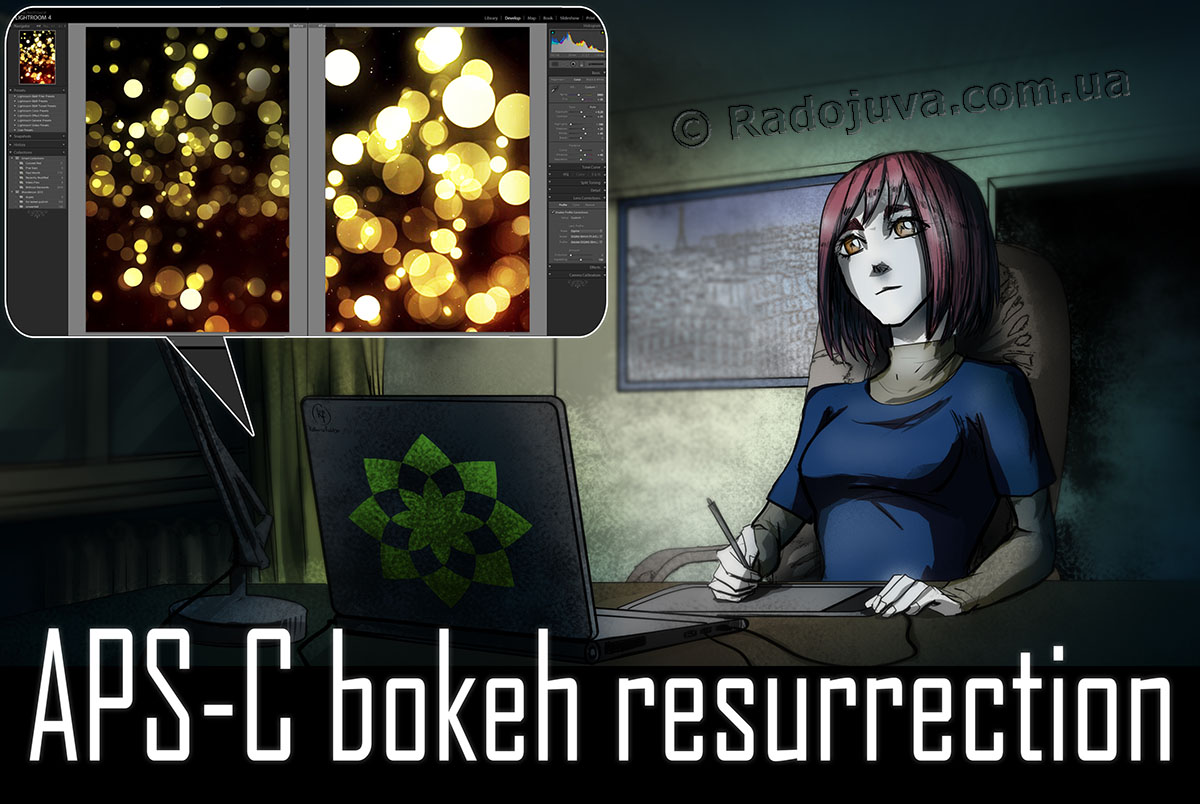
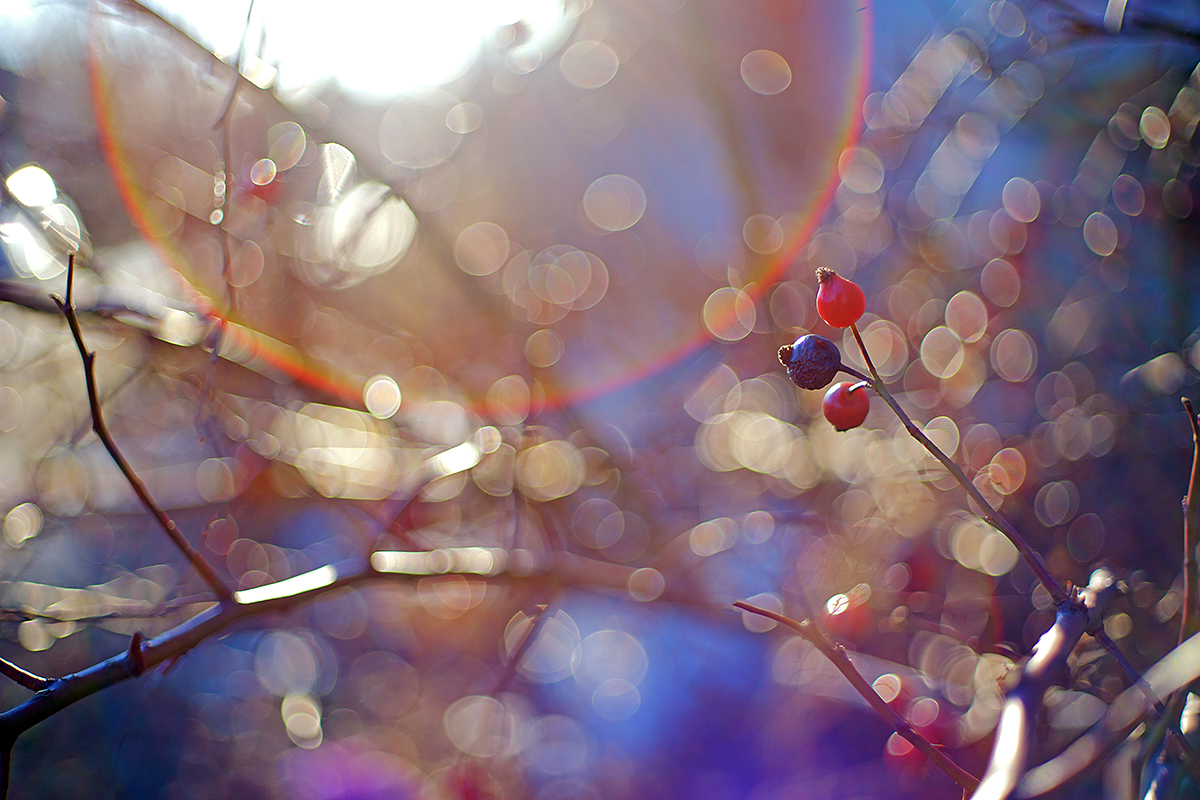
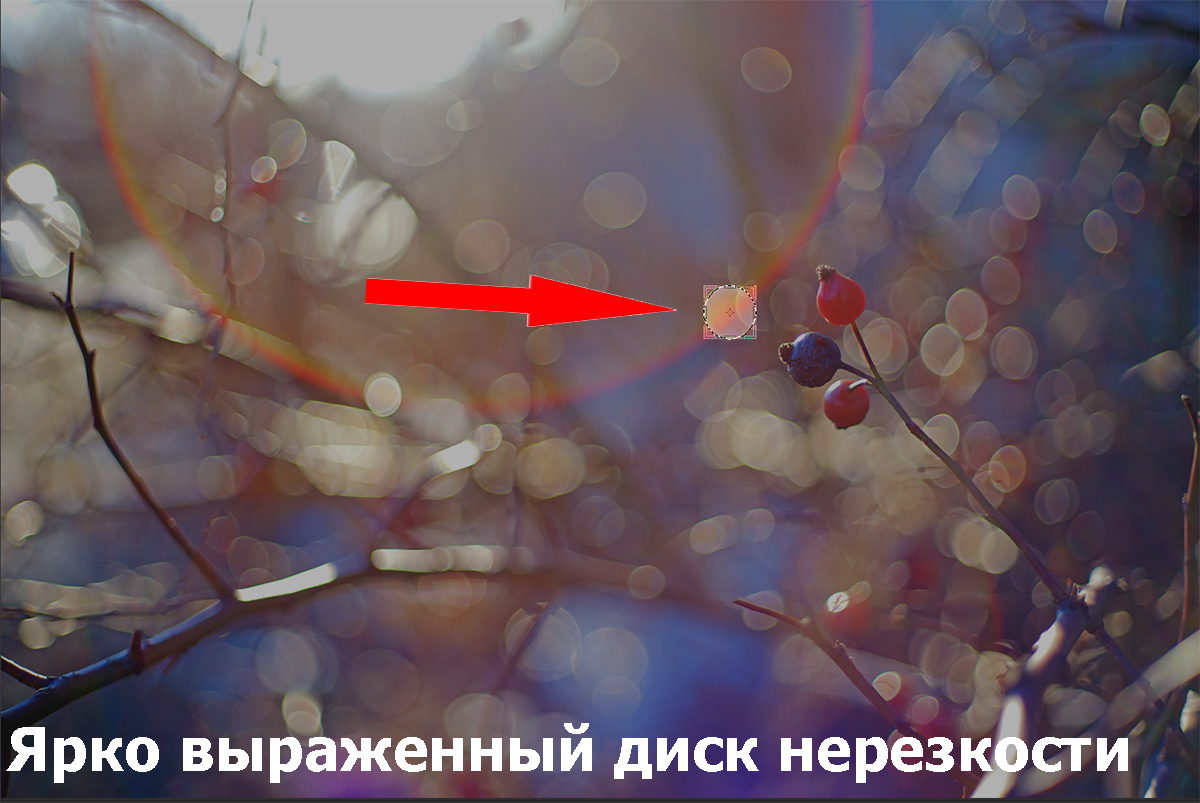
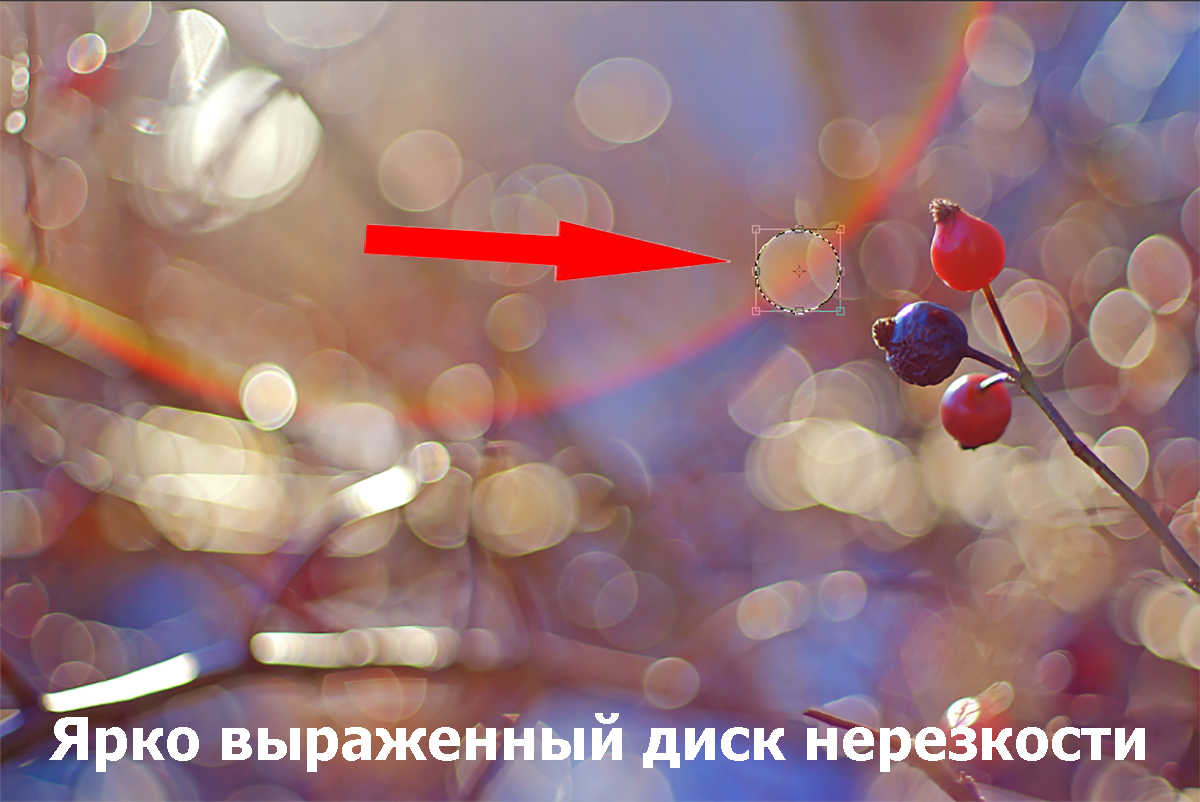

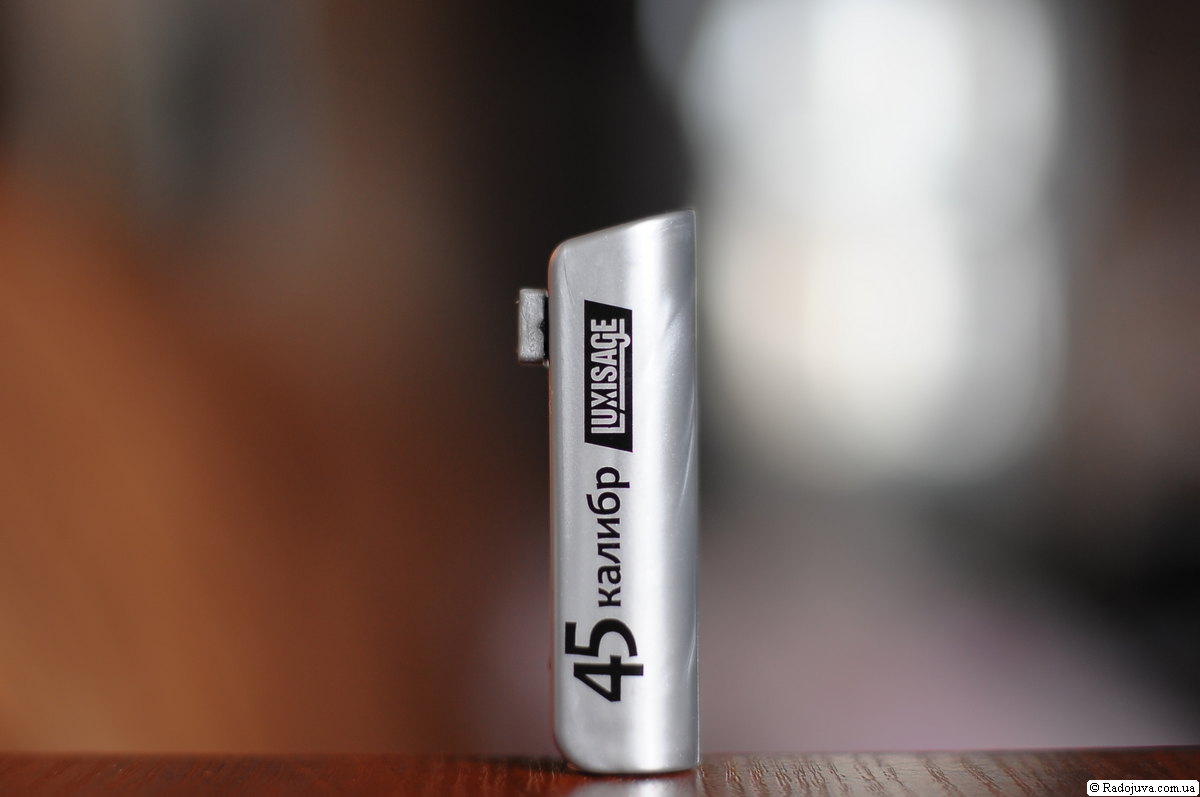
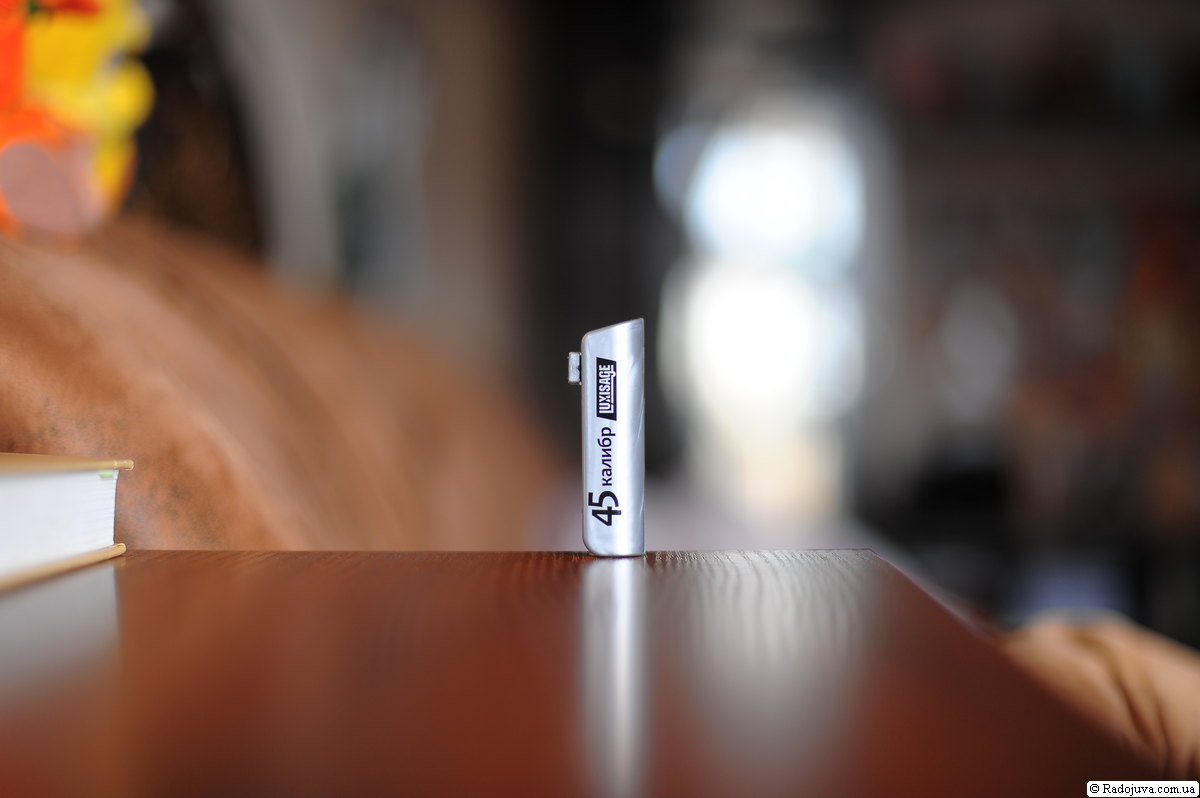
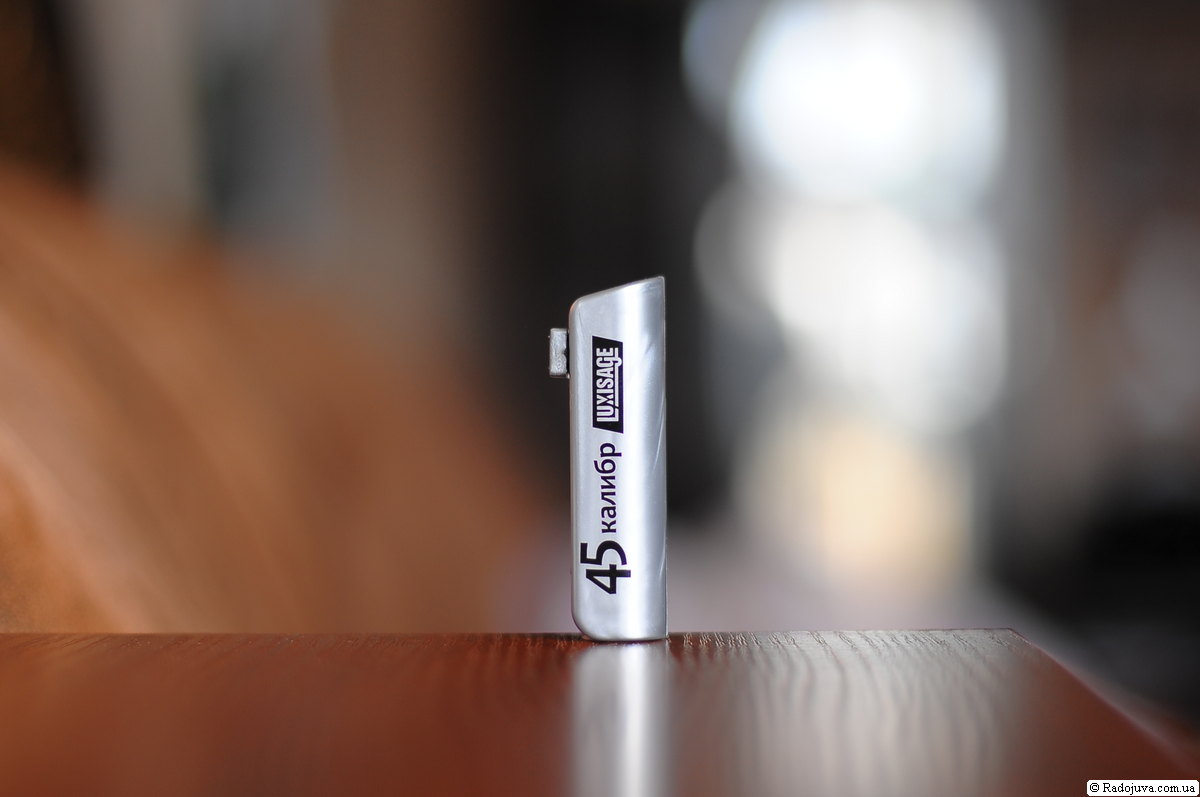

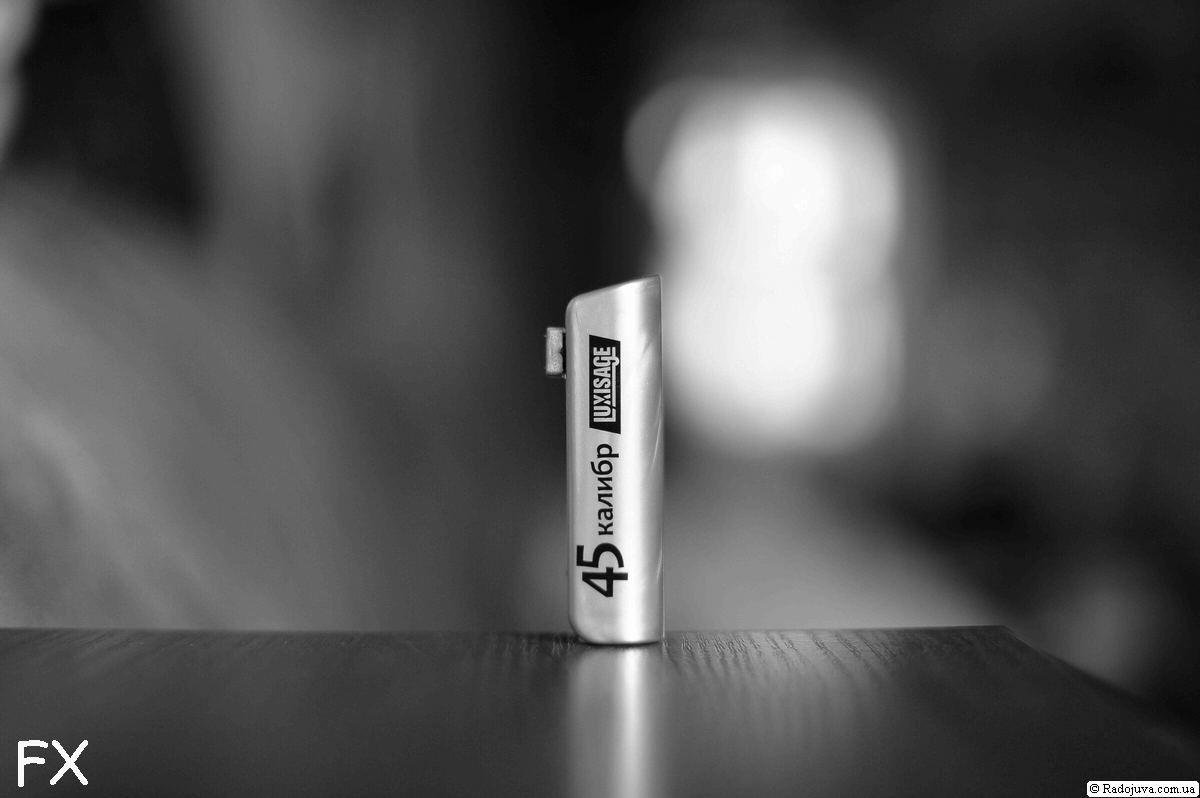
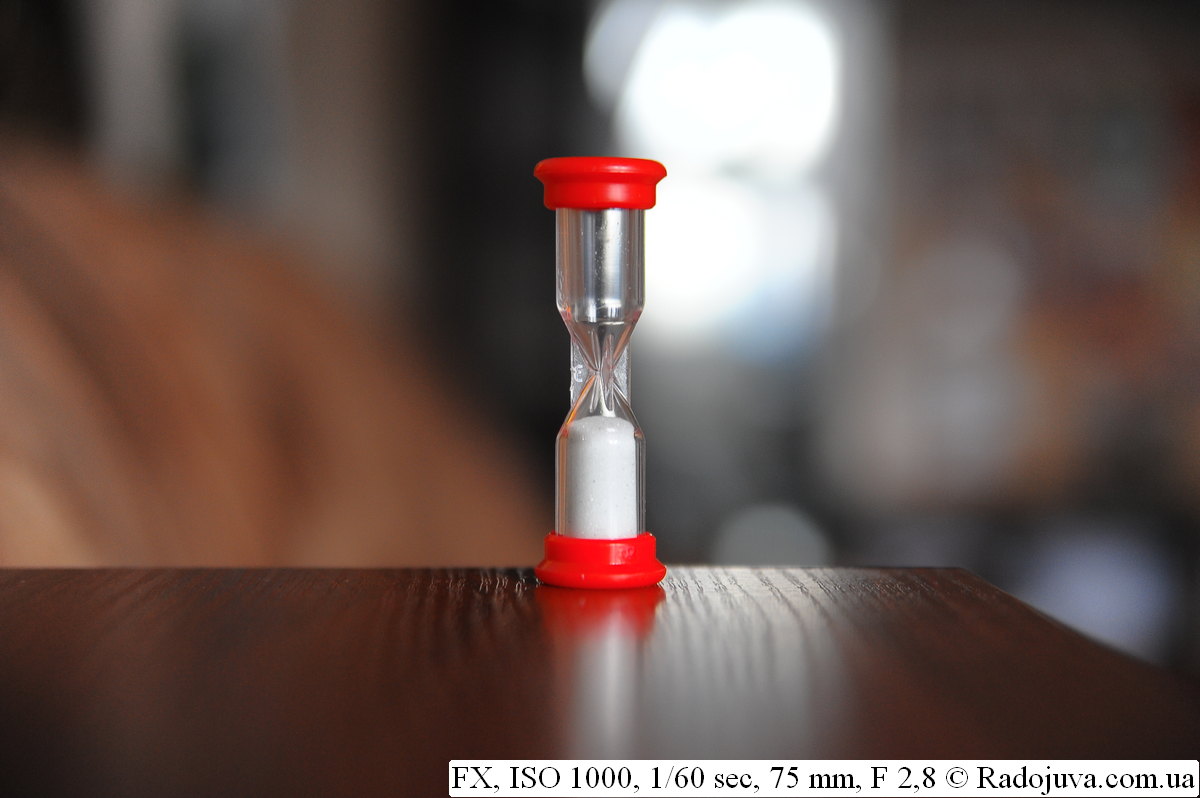
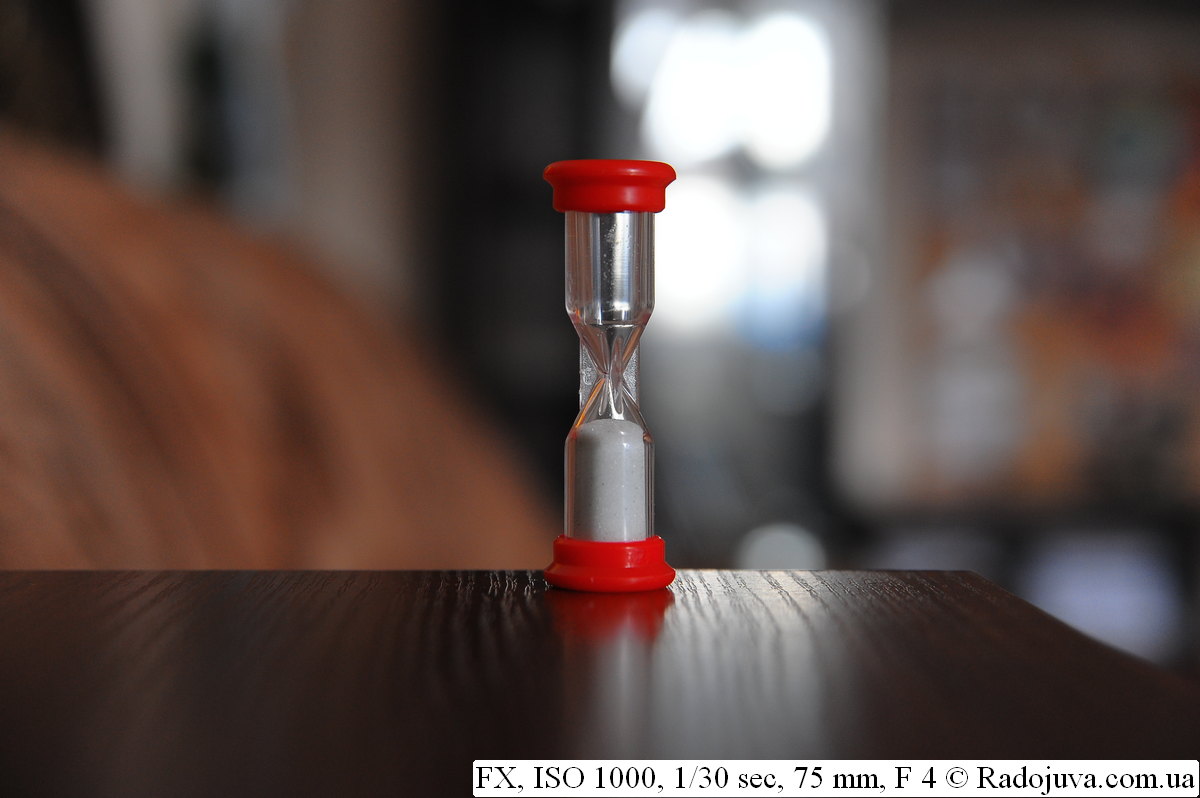
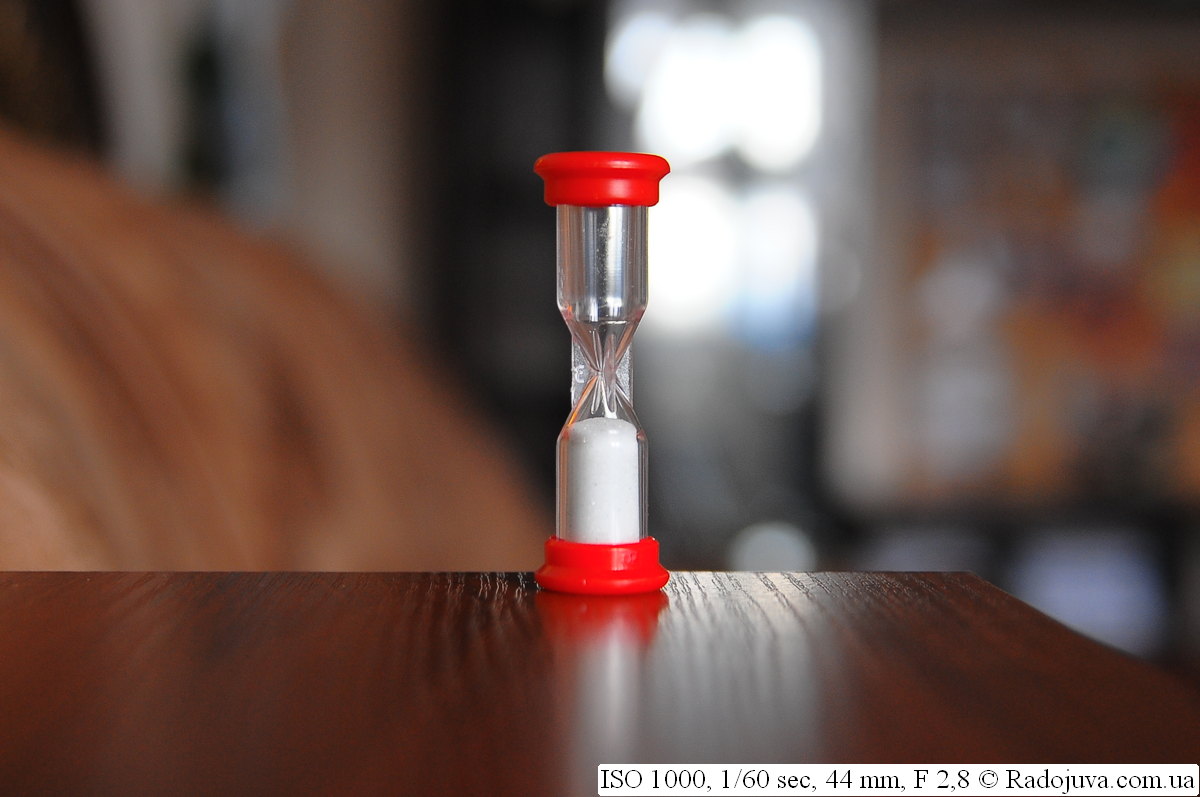
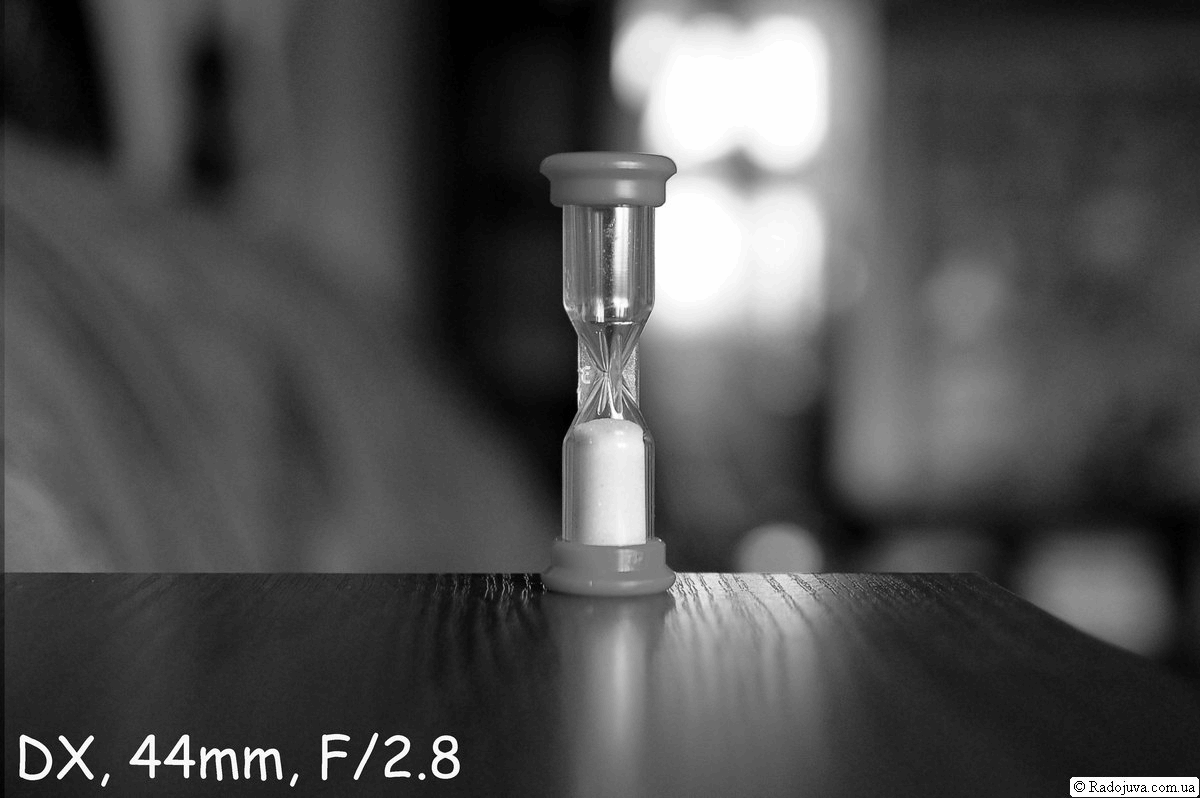

nobody blurs anything stronger.
It’s just that the crop turns a fifty dollars into a small telephoto, and the telephoto squeezes the perspective more strongly and gives a smaller angle of view, hence the whole whistle.
…………..
Of course, the lens does not “blur” any more. In the article, I showed the visual difference. If you do not know where and from what it is cut, then everything happens exactly like this - the discs at the crop are larger, blurred more (although this is a consequence of angular manipulations). Actually, therefore, telephoto lenses visually blur the background more strongly.
But visually this is expressed.
no, visually this is expressed in the fact that the picture is more like a telephoto with the compression of perspective.
But not at all a big bokeh.
It's visual. Here you are a good fellow, you know that this is a crop, which gives the effect of a telephoto, squeezes the perspective, from this supposedly there are more circles. But show two shots without explaining the shooting and the type of camera - and that's it, you are caught. Visually, there will simply be more bokeh.
Right Especially with 85 on crop and 35 on ff
It turns out that if the blur zone is without discs, then the background will be more blurry?
Thanks Arkady.
Here you have the crop. Very funny
Where to like?
Be sure to compare the bokeh on cameras with different working lengths.
Here. In the mobile version of the site is not yet available.
The larger the focal length, the greater the compression perspective. That is, the approach of the background to the subject. If you shoot a person 200 mm focal, then the background will be closer to the subject than when shooting at 50 mm. Apparently for this reason, some run with heavy 70-200 f 2.8
they just swing-))
on crop there are excellent small analogues of 70-200 from Sigma and Tokina
Well, why not run when there is an opportunity to compress the perspective and shoot in a very dimly lit place. Personally, I love 70-200 2.8 both on crop and ff. I practically abandoned autofocus high-aperture fixes in this range - the difference in aperture is small, but there is a stub in the zoom. The only thing that confuses so far is 85 1.2 l2, there is a very noticeable difference in terms of blur, and the same 135 2.0 l is completely replaced by a telezoom with me. And most importantly - convenience - at least three fixes at once and nothing needs to be changed, there are 85mm and 135 and 200mm :)
Kachestvo suffers only the picture from the fixes is more interesting, but this is from the requirements, maybe you do not need it.
Well, yes, I don't print posters 20 * 40m. And for several years now, from time to time, “experts” in fixes and zooms have appeared on the photo, who, in practice, cannot distinguish a picture from a whale from a fix zeys. And all because in a number of conditions they are almost identical. And the number of conditions for the identity of the picture with Canon 70-200 2.8lis2 and 135 2.0l is so large that it is difficult to find a plot on which the difference will be noticeable. And it will be noticeable only when comparing forehead to forehead. And only under the same conditions and on the same camera. And only if you know where one is and where the other is. And so, not many will be able to distinguish photos taken at 135 2.0 or 150 2.8 at a zoom, and only by luck. The check was carried out, including with people with 50 years of experience as a photographer, with people with huge collections of photographic equipment (not like I have a couple of dozen cameras and a little more than fifty lenses). And the result showed that it is a matter of luck to determine where what is.
Well, one more thing, I would have believed if I were comparing a whale or a dark telezoom of some type of sigma 70-300 produced in 2000. And here the top telezoom and the top telefix are compared. Where there may be “How the quality suffers” is a mystery to me.
Well, if you just wrote it for the sake of maintaining a conversation, then I agree, with fixes, the picture is subjectively more pleasant. When he took off, looked, appreciated. And when there are two pictures taken by a person unknown to you, taken under equal conditions, on different glasses, with approximately the same characteristics, then there is no difference. Rather, find, but to understand where that will be impossible.
Well, I don’t know, maybe I’m so used to 85mm F1.4 that I miss him in my 80-200mm F2,8, of course I’m an old man and can’t stand the standards anymore, but still I don’t get such a picture and I'm sure that the top 70-200mm 2.8 L2 also will not.
And suddenly it turns out that the artistic component of the crop as a whole is not worse than that of the full frame. And in some places even more interesting. :)
Few distinguish frames from crop and full frame. I did the article for a long time, sometimes I couldn’t believe it myself that the bokeshka (if we look at the blur discs) in the crop can stand out more strongly, although it has a different character.
IMHO, if the frames were made by matrices with the same pixel density, the difference would be even smaller. :)))
So she is the same. The camera, as I understand it, was used alone.
6000 × 4000 on a crop, for the purity of the experiment it would be good to take.
Michael is right. The density in the case of DX / FX was the same. I pointed out that we are comparing images reduced to the same size. In life, this always happens. For example, photos are adjusted to the size of the monitor, prints to the size of paper, etc. And it doesn’t matter how many pixels there are, 24 MP or 12 MP or 36 MP (within reasonable limits). Everything is viewed in upscale or downscale mode.
Arkady, I disagree. The pixel size and the size of the circle of confusion are directly related. And for the purity of the experiment, it would be good to compare cameras with different matrix sizes, but the same number of pixels. Something tells me - there will be no difference in the picture at all.
Maybe it's time to learn how to pinch a hole and stop suffering from bokeh fetish?
You were an inattentive reader. There are examples on the sandwiched, everything has already been taught here, and a little Saturday bokeh fetish will fit perfectly instead of the evening drinking :)
F / 4 squeezed?))) Drinking on Saturday night is a sweet thing!
Noticed similar. I also add to the article that the transition from sharpness to blur in crop is felt more strongly. On the FF, this happens softer and quieter
When shooting a video on the d750, I often use the transition to crop mode. Often it is in order to more highlight the subject. It is very convenient to get 70-200 without moving from 105-300.
For video it is possible and crop 2x would be interesting.
Everything is logical: take a picture for a full frame, cut out the middle - that's the crop. The circles are not sharp, just scaled.
For clarity, Arkady, you did everything right, but for the CLEANLINESS of the experiment, in order to prove that a crop (namely a crop camera, and not a full in crop mode) makes bokeh better - take similar photos with a crop camera from the same lens (while the same distance, and then at the same scale)
If you fit the image from the cameras to the same size, everything will be absolutely the same (without taking into account the different DD and color of different cameras). Just for clarity, it is much easier with the same camera in different modes. At the same time, the picture is completely similar due to the operation of the same sensor, and also the camera position change is completely excluded.
Thank you, Arkady. Learn more about the specifics of using crop mode on a full-frame camera. She will not resurrect the crop, because Crop from FX is easy and, judging from the article and comments, sometimes useful, but from DX you can't make a full frame :)
Yes, in principle, you can make an FF from a crop - using the panning method))
Yes, that’s how landscape painters make the medium format from 35mm.
The result is a bunch of bold megapixels.
In fact, to achieve a similar picture is not so difficult, this is just the article (Second test, second gif). But sometimes it will be very difficult to do. For example, it will be impossible to repeat the frame with ff and 14 / 2,8 (you will need a 9 mm lens with F / 1.9, which are not in nature).
That's the whole point - in order to take a similar photo in perspective with the same blur as in the FF, you will have to use much faster optics on the crop. For example, what kind of lens is required to make a similar photo of FF 50 1,2, but for a crop, for example, not even 1,5, but a crop of 2, Olympus is acceptable. This lens does not exist in nature.
For 50mm F / 1,2, you only need 35mm F / 0,95 on the crop)) From the consumer point, it is just the opposite, in order to achieve the crop picture on the FF, you need to buy longer and more expensive glasses.
On DX, you can get an identical picture as on FX just by going closer 1.5 distances (crop factor). But if you shoot from the same distance, then on the DX the aperture should be lighter by the same 1.5 times.
And now the most important conclusion: I love my nikkor 35 1.8G and dream of Full Frame, which means that when you buy FX and the equivalent 35k fifty dollars, the usual picture will be obtained on the aperture somewhere ~ 2.2, and on 1.8 the bokeh will be softer ( thanks to your last GIF)
What do you mean by 'identical picture'?
'On the DX, you can get the same picture as on the FX just by walking 1.5 times closer'
If you approach 1,5 distances, then to obtain identical framing on the DX, you need a lens with 2,25 times smaller FR than for FF
Identical means one to one, pixel to pixel
I endured, endured, and the patience was over :) I CAN'T get an identical picture just by walking away / approaching the object. As soon as you decrease the distance from the matrix to the object (approach it), the dimensions of the projections of all objects in the frame relative to each other also change: the projections of objects (parts of objects) that were closer to you become larger relative to the projections of objects that are further away from you. And if you come close, then even a small fly will be many times larger than a distant home. This is geometry. Identical pictures are obtained only by choosing lenses with different focal lengths, and then they will be conditionally identical, since the crop will have to use “wider-angle” lenses, and this will lead to large distortions (barrels / pillows, etc.).
Well duck about this and the article. Just nobody wants to read and think. And the first GIF clearly shows how the projections change while maintaining the scale.
I wrote in your support, if that :) From time to time to read in the comments that you can just get closer / get away and get the same, it causes a storm of emotions in me that you usually manage to keep inside. In general, I rarely write in the comments, today something is boiling :)
Thank you for the articles and reviews! A lot of useful information. I think many people come to your site for a review of the Helios, and then hang here for a long time :)
:) yes, Helios are popular.
And this is also used by sellers in stores hanging noodles to unaware customers. The same is corroded by this. Also could not stand it :))))
Exactly, you will have a wider lens, at the same distance and to get the same frame. Accordingly, more light will pass onto the matrix. The diaphragm will not have to be clamped.
Dmitry, it will be impossible to get an identical picture with the same prime lens for crop and full frame. This is exactly what the article shows. Even if you step back and keep the shooting scale, the perspective will change. See the first GIF - the shooting scale is the same, the perspective is different. In the case of focusing at infinity, the difference will be less noticeable.
To repeat the shot with 35 / 1.8 at full frame, you will need to use 52mm / 2.7. That is, any much darker zoom 35 (24) (28) -35 (70) (75) /80 can repeat your 2.8-point.
Wildly sorry! In fact, getting a picture with one lens by changing the distance to the object does not work. I just wanted to go to the main thing faster. I’ll try to explain.
This is what tormented me wildly: in the modern world, megapixels and megahertz were able to cram into a tiny mobile phone, and the terrible size of DSLRs is simply huge. Well, they did mirrorless ones, but I had to recalculate the lenses for a new working segment, and they can’t repeat the legendary picture.
1. The question is this: if you scale down a DSLR, a matrix, a lens, in short, reduce everything by a factor of 2a, WHAT WILL CHANGE? In my opinion - nothing! (Without going into the intricacies of reducing the resolution of optics and reducing the pixel size) the picture obtained by this scale model must be identical to the original, it will simply be physically created on a smaller matrix. Why then do we need these kilograms of iron in our backpacks? For marketing sales? Then the classic FF will not be needed by anyone ?!
But this is lyrics.
2. The main conclusion: before the appearance of the article, he believed that the equivalent of 35ki 1.8 on the FF is 50 1.8, but in fact 50 2.8. Well this is what a pretty picture it will turn out on FF 50 1.4, and my usual photo, but with a clamped aperture up to 2.8, will just sparkle with sharpness.
Bottom line: an hour ago I sold an old man D3100 for $ 150 and am already looking for a D600. Thanks!
PS I was only outraged by the fact that my conclusion contradicts the message of the article: "bokeh on the crop can" look nicer "than on FF"
If I’m wrong about something, do not judge strictly, just a rumor.)
'if the DSLR is scaled down ...' - physics cannot be fooled, otherwise it would have been done long ago.
Those. theoretically, if you take a fifty dollars, reduce it by half, taking the lenses and the working distance into account, then on the matrix Kx = 2 we get a picture with the same viewing angle, and that’s it. Distortion and depth of field will remain the same as for a 25mm lens.
1. The full frame was reduced by 2.25 times and got a crop, nothing came of it, at best - sony next. Even micro 4/3 with crop 2.0 turned out to be very bulky
2. If you try to repeat the phone with the same picture as in the full frame, you will have to go to a parallel universe. Let's take the phone with the largest sensor - Lumia 1020, which has a sensor the size of a fingernail - 1 / 1.5 ″ (this is the same 2/3 ″) with a physical size of 8.8 mm X 6.6 mm and a crop factor of 4.1. The matrix size is 17 times smaller than that of a full frame. If you try to repeat a picture from a full-frame camera and a 50mm F / 1.4 lens, then for such a sensor you will have to come up with a lens with a 12.5 mm focal length and F / 0.35 aperture. Unfortunately, it is impossible to create such a lens optically. The fastest lens has a limit of F / 0.5, you can hardly overclock to 0.35 :)
Dmitry, you are very close to understanding the difference between ff and crop. It remains to consider how the size of the scale model ("say 2a times") relates to the surrounding world. We get a lens 2 times smaller in diameter, and at infinity it will focus at a distance 2 times smaller. But a real girl with a height of 1,6 m, as she stood 3 meters from us, so she will remain there. The frame will turn out to be the same in composition, perspective, but we will already be focusing on a point much closer to infinity, and there is much more depth of field, if at all we will not get to infinity at all. To get the same depth of field on a large-scale camera as on ff, we will need to move the model half the distance, but in this case, in order to preserve the frame composition, we will also have to scale it to 80 cm :) with the whole world at the same time. Thus, marketers have nothing to do with it. The point is precisely in the ratio of the absolute size of the camera to the surrounding world.
And you can save the depth of field in a scale model like in FF by preserving the infinity of the lens at the same distance, and for this you need to keep the diameter of the lens with a scaled focal length as in ff. The depth of field in a large-scale model will be like that of ff, but just what should it turn out for such a lens? Its aperture value will increase 2 times (4 stops), that is, it was 100mm F / 2, and should be 50mm F / 1.
This is what VERY clearly demonstrated to us in practice and demonstrated by the second gif Arkady, for which many thanks to him. Exactly what I was looking for.
But the first gif-koi Arkady confuses us a little with his lighter in front of the camera. It seems that on the crop it is so easy to get the flu slightly distinguishable from FF. Yes, with a 20cm lighter this number will go through, but if you repeat it with an object a few meters from the camera, the difference in flu will be more noticeable. because these sizes are already related to the infinity of the lenses.
Yes! I've already come to this! By zooming in on the optics, it is also necessary to reduce the subject and the distance to it ... in short, the entire surrounding world to preserve the "identity" of the picture!
But my conclusion is correct: only hardcore, only FF. There is no analogue of 50 1.4 for crop!
One question remained unanswered: there is only one plot, ff versus crop, 75 F4 versus 50 F2.8 - Arkady believes that the exposure will be in favor of a lighter crop, but it seems to me SAME!
Circles, circles ... gears, squares - who needs them?
It does not seem to be mentioned here that the degree of blurring the background significantly depends on the distance from the camera to the subject and the background (both in absolute and relative values).
And if the object is close enough (compared to the back), then even on the clamped aperture, the background “leaves”. So the myth of the impossibility of bokeh on a small matrix is untenable.
As an example - a picture on a micro-double crop (Olympus E-PL3 + Helios 44M-6 2/50)
I would like to upload paired unsigned pictures from the FF and different crop from different distances and from different glasses, but so that the photos were about the same as in this topic. And then fasten the voting ballot It would be interesting to take part and see the results, whether FF will be recognizable.
Unrecognizable, it was already somewhere
It was already http://fujifilmru.livejournal.com/17230.html
Interesting to see, but boring
This is all of course good, but it would be more interesting to continue comparing the plot like the first picture, and even more interesting in the waist-length portrait against the background of point light sources.
There are no buttons for likes.
> and the aperture number is K times smaller than in the full frame
This point is not very clear. After all, not the diaphragm number should be K times smaller, but the amount of incoming light. So? Those. we should clamp the diaphragm 1.5 stops, not 1.5 times. For 2.8, this will be 4.8, not 4.2 (judging by the attached table). Or isn’t it?
> After all, not the number of the aperture should be K times less, but the amount of incoming light.
I meant that not a number is less (more) by K times, but the amount of light is more (less) by K times.
but the f-number is proportional to the 'area', and accordingly - to the amount of light - by 1 stop, the amount of transmitted light changes twice.
Found a more complete table. That's right, 1 stop - double the light. But a halving of the f-number is not equal to a doubling of light. For example, between f / 2 and f / 2.8 - one stop (increase the amount of light by 2 times), but 2.8 is more than 2 not 2 times. That's what I mean.
Yes calm down! The diaphragm, in this case, is responsible for blurring the near / far plan and the depth of field.
The F number here is not associated with the amount of light, and the crop factor is applied to the F number.
Once again, the amount of light has nothing to do with it, this does not apply to the article.
If you want to count how much light disappears when moving from F to F * 1.5? Exactly 2.25 times.
It is considered like this (1.5F) * (1.5F) / (F * F) = 2.25 (for those who are in the tank - as the ratio of squares).
> The F number here is not associated with the amount of light, and the crop factor is applied to the F number.
I see. Thanks.
Okay, well, practical application of "resurrected crop." Let's say you need to shoot a half-length portrait: on a full frame, the focusing distance, for example, will be 2 measures, and on a crop it will be 1.5 times longer. And all the advantage of the crop is leveled by increasing the focusing distance. And whatever one may say, but a full frame is at least more convenient. Plus no distortion. Fifty remains a fifty, not a 75mm telephoto lens with a distorted perspective
Many are chasing a bokeh and a blurry background, and so - on the crop, these parameters do not lose much to the full frame. That's all the practical application. Why this happens is described in the article. It's a pity that no one really liked the fact that the crop disks of blur (bokeh, roughly speaking) turn out even more than for a full frame. Can someone help calculate the ratio of how much more they are obtained?
Arkady, everything has long been counted for us
Crop steers! In the ass full frame.
Arkady, why do we need this crop mode? Indeed, to get the 4th picture, you just need to cut out part of the 3rd picture, and this can be done later. But if something does not fit in the crop mode, then it is no longer possible to build back.
Arkady, maybe I didn’t fully understand what was going on, but here is what I did with your first and second shot:
1. made a crop of the first picture with fx and compared with the second
here is the gif
and then reduced the scale of the 2nd drawing to the scale of the 1st
And?
and I did not see an increase in the blur effect. I think the whole thing is on a scale. just in the second picture, both the branch and the blur circles are simply increased by k (crop factor) times.
The fact is that in real conditions, the sizes will be adjusted for the playback device, for example, a monitor, or a print. And the scale will be lost, there will be only the effect described in the article.
that's what you mean. I mean by the words “where the blurring of the background is stronger” something like this
Here in the example with a glass, just a stronger blur is shown due to a higher aperture. Please note that the distance between the centers of the circles does not change! And Arkady showed another example, in which the background is approaching the foreground. In this case, everything is proportionally stretched and the distance between the centers of the circles also changes !!!
Do not confuse the focal number (i.e. the relative aperture is the ratio of the diameter of the circle to the distance to the sensor) and the aperture (lenses, depending on the enlightenment, will be different, and if you forget to remove the lens cap it is generally zero, and the calculated focal number will remain same). Yes, I agree, the aperture is related to the focal number, so that it cannot exceed it (theoretical limit of f / 0,5 for shooting in the air).
Serge, Arkady tried to convey this :)